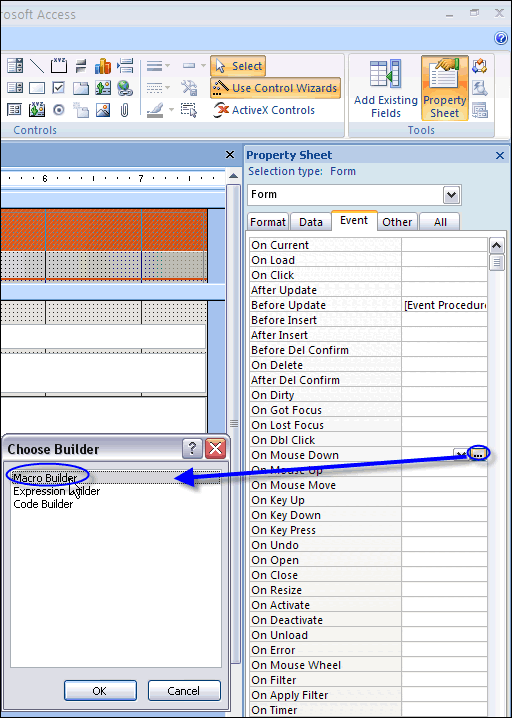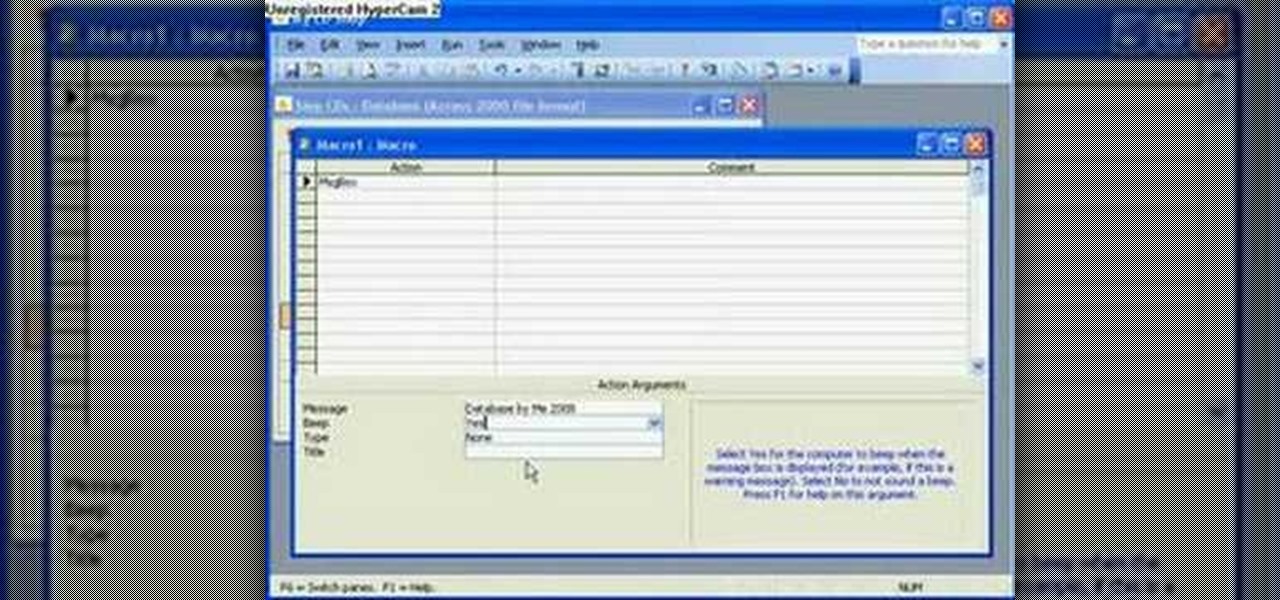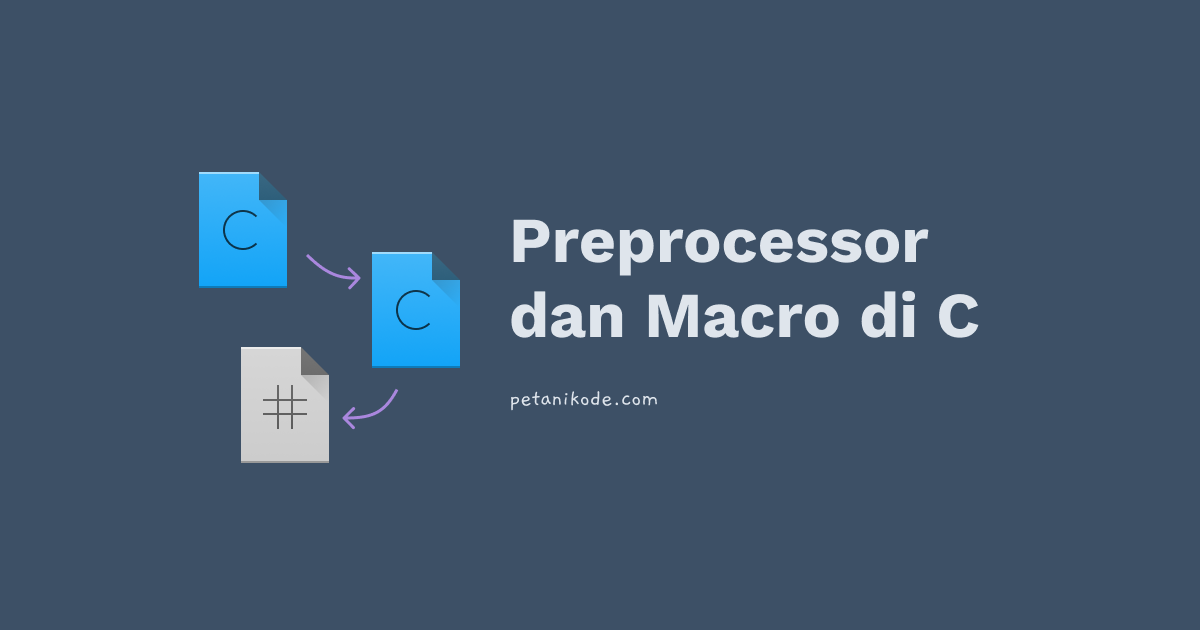Casual Info About How To Write Macro In Access

Before deploying a macro, it is important to run and test it within access to ensure it functions correctly.
How to write macro in access. Create a query (so you can “search the database”). Access macros are built from a. Access for microsoft 365 access 2021 access 2019 access 2016 access 2013.
Using the “command button wizard” in access is a very quick and easy way to assign a macro to a command button in a form. In access, it is helpful to think of macros as a simplified programming language that you write by building a list of actions to perform. Then click the “macro” button in the “macros & code” button group.
Create a form for data. To create standalone macros in access, click the “create” tab in the ribbon. 3 quick ways to create macro in ms access 2010/2013/2016/2019 database august 14, 2019 by pearson willey are you trying to make a database in.
This microsoft access video will show you how to make a macro. Macros are usually configured to. However, note the other options.
Macros in access are completely different from macros in excel, word etc. A macro refers to a set of actions that can be run automatically, and on demand. We will then cover how to make a microsoft access.
You can use the if macro block in access desktop databases and. Select an action select openform from the combo box. I have been programming in vb.net but access is in.
I am trying to create a macro that when a table is changed it will create a simple text file to a chosen path. This article is part 3 of the microsoft access tutorial. Running and testing the macros in access.
We will start by defining a macro and why you would want to use one. The tutorial covers how to create an open form macro and attach it to a command button. Here’s what’s included in this article:
How can i write a macro in ms access that will automatically run multiple sql queries and also save them simultaneously? If i choose the openquery action then. When creating a macro in access 2016, it's essential to include advanced functionality to ensure that the macro can handle a variety of scenarios and user inputs.


















